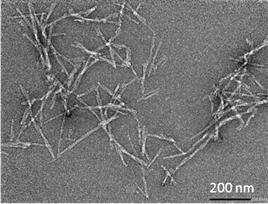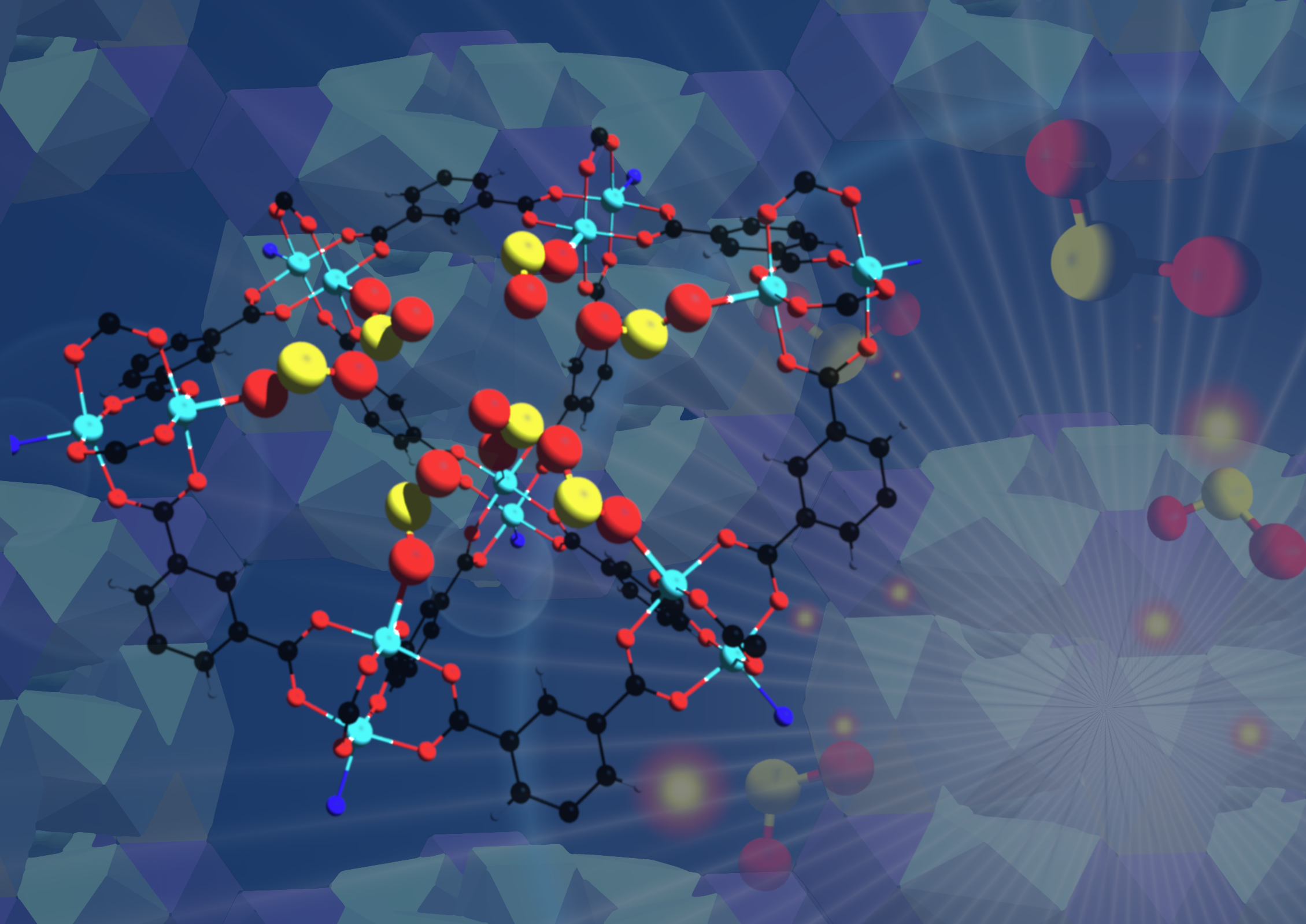The Vision focuses on specific 'Healthcare Missions' that are technology or disease specific, which aim to help the NHS to solve some of the biggest healthcare problems of our generation. Research carried out at ISIS is relevant to many of these missions.
Since the opening of ISIS' target station 2, there has been an increasing number of experiments being carried out in the life sciences. Even in the last five years, there have been over 200 publications in this subject area, which have been cited over 1600 times.
Improving translational capabilities in neurodegeneration and dementia.

The government aim to build on the existing dementia research ecosystem and partner with industry and academics to accelerate the pace of translational studies into novel dementia treatments. With a focus on filling the dementia knowledge gap, identifying new therapeutic opportunities, target validation, new diagnostic, prognostic, and treatment biomarkers, supported by novel trial design and adaptive license strategies.
Recent research using the Sans2D instrument at ISIS studied the growth rate and length of amyloid fibril fibres (shown, left): protein deposits that have been linked to human diseases such as Alzheimer's and Parkinson's. Understanding how these fibrils grow could inform the treatment of these diseases and other areas of bioscience that rely on protein folding and self-assembly.
Enabling early diagnosis and treatments, including immune therapies such as cancer vaccines.
By acting as a testbed for oncology innovation, the government aim to drive the development and commercialisation of new cancer medicines, diagnostics and genomic and predictive technologies in the UK. There have been many studies at ISIS related to cancer diagnosis and treatment.
In 2021, the first ever quasi-elastic neutron scattering experiment to study human tissue was carried out at ISIS (researchers shown right), using the unique properties of neutrons to build on previous work on cells that looked at the difference between cancerous and healthy cells. Neutrons interact well with water, which this research group have found could actually hold the key to cancer treatment, as the water within the cells responded to the widely used chemotherapy drug, cisplatin.
Other research groups have looked at the cause of cancerous growths, studying the protein Bcl-2, present inside cells, which can promote cancerous growth. They were able to study the protein's structure and behaviour inside a membrane using neutron reflectometry.
ISIS beamlines have also been used for studying novel therapy methods, including the use of nanoparticles in 19F MRI. The nanoparticles have since been approved for a pilot clinical trial, and a spin-off company has also been set up. Other novel drug delivery methods studied at ISIS include the use of polymeric micelles, biocompatible polymers and even anthrax and sugar.
Sustaining the UK position in novel vaccine discovery development and manufacturing.
The third mission is to build on the UK's deep expertise in vaccines to strengthen the UK ecosystem, with a particular focus on new and novel technologies. At ISIS, our Sandals instrument has been used by the pharmaceuticals company Allergan plc to study clusters of water in amorphous pharmaceuticals.
Dr Evgenyi Shalaev, Executive Director of Pharmaceutical Sciences for Allergan plc; “Fundamental research at ISIS is essential in building scientific basis for development of novel pharmaceutical and biopharmaceutical products."
Treatment and prevention of cardiovascular diseases and its major risk factors, including obesity.
The government aims to deliver cutting edge research that can address the major causes of cardiovascular disease, in particular obesity. The disease atherosclerosis is the leading cause of death in the western world; it occurs when plaques accumulate in blood vessels, which can lead to the hardening of arteries and eventually heart disease and stroke. Recent research on Sans2D has looked at the lipoproteins that transport cholesterol through the blood, to understand the mechanism of this transport to inform the understanding and treatment of the disease.
Reducing mortality and morbidity from respiratory disease in the UK and globally.
Through driving improvements in the underpinning understanding of respiratory disease, as well as its treatment and diagnosis, the government aims to reduce the pressure on the NHS and improve clinical outcomes.
 Ozone, usually present in the upper atmosphere, can be formed at ground level as a by-product of burning fossil fuels. It is harmful to lungs when inhaled, but scientists are not sure what exactly is happening in the lungs. Researchers have used neutrons at ISIS to look at how ozone attacks lipid molecules in lung surfactant – the first of the body's defences against ozone.
Ozone, usually present in the upper atmosphere, can be formed at ground level as a by-product of burning fossil fuels. It is harmful to lungs when inhaled, but scientists are not sure what exactly is happening in the lungs. Researchers have used neutrons at ISIS to look at how ozone attacks lipid molecules in lung surfactant – the first of the body's defences against ozone.
Sulfur dioxide is another gas that can have severe effects on human health. A recent study by a group of international researchers has used ISIS to develop a metal-organic framework, MFM-170 (shown, left), that can selectively take in toxic sulfur dioxide gas at record concentrations and preserve it for use in chemical production.
Addressing the underlying biology of ageing.
The sixth mission is to advance the medical science and understanding of ageing, in order to begin to advance viable products towards the clinic. At ISIS, researchers have taken a novel approach to one of the challenges of ageing, studying a material found in meteorites to learn more about how it could be used as a bone replacement.
Increasing the understanding of mental health conditions, including work to redefine diseases and develop translational tools to address them.
The government aims to address the significant unmet need for innovative new treatments and technologies, advancing the development of new therapies and products. The drug alprazolam, which is used to treat anxiety disorders, was studied using the Sandals beamline, to understand the way that drugs can, or cannot, cross the blood-brain barrier.
In addition to the examples mentioned above, research at ISIS covers a wide range of other bioscience and healthcare areas, details of which can be found in our range of science highlights in this area.
